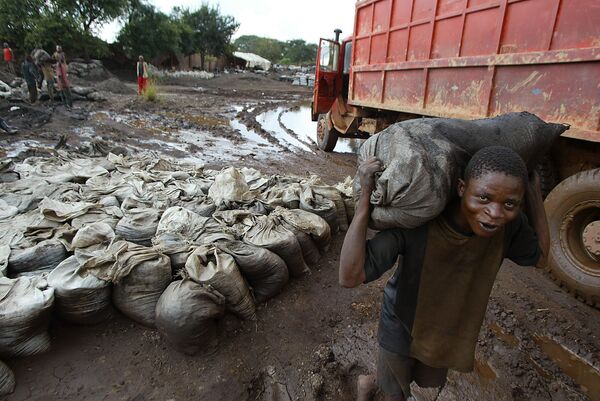The report, launched at the Trust Forum conference in Singapore, has highlighted how items such as mobile phones, clothing and other products we use on a daily basis could contain forced labor within their supply chain.
Does your phone contain components that are made using forced labor? #slavery #TFAsia @TrustForumAsia pic.twitter.com/iGFVOVMypb
— Trust Forum Asia (@TrustForumAsia) April 23, 2016
Verité released three reports in total as part of their project to prevent human trafficking in federal and corporate supply chains sponsored by the US Department of State’s Office to Monitor and Combat Trafficking in Persons.
Each report describes the connection, if any, between 43 commodities and human trafficking and/or child labor and provides documented case studies. The reports also describe the structure of the supply chain for each commodity and review existing initiatives to reduce human trafficking in conjunction with these commodities.
Large companies have new responsbility to stop human trafficking and slavery in supply chain — https://t.co/TN551stsjY
— QS Jackson Canter (@QSJCManchester) April 13, 2016
The report highlights certain products and how they have been used in everyday items. For example such materials are coltan, tungsten and tin, according to the US Department of State 2015 Trafficking in Persons Report, are "all produced with forced labor and child labor in the Democratic Republic of the Congo (DRC)". All of these materials are used in the production of mobile phones and laptops.

"In the DRC, armed groups control many of the mines. In some cases, the forces that control mining sites, often representatives of the armed forces or rebel groups, make local miners work at gunpoint without pay at their mining site for short periods of time – a process known as 'solango'," the report states.
"The groups controlling the mines are often the only source of credit in these impoverished regions, and they give loans to miners for money, food, and tools. Miners are then required to pay back these loans at hugely inflated rates, which can force them into a cycle of debt bondage. In addition, false or exaggerated criminal charges may be used to compel miners into service. Child soldiers are also forced to work at the mines."
However, tracing where these materials have come from is the hard task. In a statement within the report, NGO Global Witness notes, that “when it comes to tracing supply chains back to their sources, refiners are the critical link”.
"After the mineral ore is refined into metal, it becomes impossible to distinguish tin or tantalum that originated in Congo from other sources, and supplies from all over the globe are mixed together at this step in the chain."
Tracking trafficking within supply chain is difficult, the current Modern Slavery Act in the UK requires that companies post a statement on their corporate website in regards to trafficking within their supply chains and what they are doing to address it.
The renewed act will require all UK firms with a turnover of US$52m or more to submit annual statements to the government, setting out the measures that have been taken to stamp out slave and child labor from supply chains.




